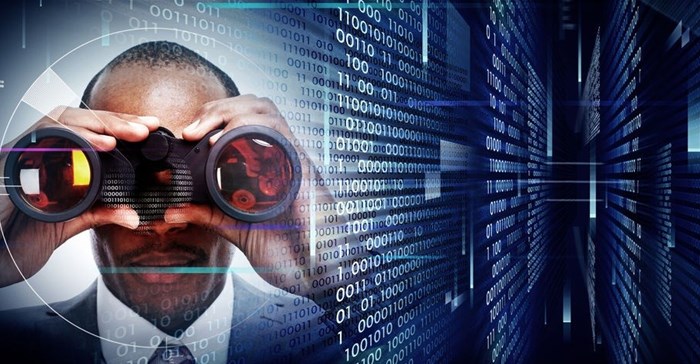Cognitive analytics - from hindsight, to insight, to foresight

But, how do organisations get started on the road to big data nirvana? We believe that the maturity curve begins with ‘hindsight’ (capturing historical data), progresses into ‘insight’ (making sense of that data), and culminates in ‘foresight’ (dynamically preparing for the future based on those insights).
Hindsight: descriptive analytics
This is the foundation level, where the organisation builds systems to simply ‘describe’ what is happening. It refers purely to the consumption and representation of data – without any processing yet being applied.
For example, a healthcare equipment manufacturer may remotely monitor the status of their equipment across different health care facilities. On its own, descriptive analytics may not provide useful business benefit; but it is at this stage where the organisation determines what sources of data would be of use, and builds the instrumentation to track those defined data sets.
Insight: diagnostic analytics
At the next level of maturity, the organisation can start synthesising various sources of structured and unstructured, and internal and external data sets. As trends start developing, or ‘out-of-bounds’ activity starts surfacing, the organisation can start to diagnose the reasons for those trends.
For example the healthcare manufacturer can combine machine data, historical service data, and information about operating conditions, to understand the root cause of a certain service or technical problem.
Foresight: predictive and prescriptive analytics
At the diagnostic analytics level, organisations get useful insights that can stimulate intervention or action, but diagnostic analytics does not help to prevent similar problems from occurring, or automatically assist with optimising operations. The addition of cognitive thinking by leveraging machine learning capability to make the self learning algorithms which modifies the way of processing data based on the type of data being fed into the system can open the universe of data.
The future is now as this kind of self learning mechanism has already started supporting artificial intelligence systems like neural networks, robotics, virtual reality and expert systems.
So, the next layer in an organisation’s big data universe is predictive analytics coupled with cognitive intelligence. At this level one can start to predict certain possibilities or occurrences based on current and historical trends. Organisations can start accurately planning their operations in advance. For example, our medical equipment supplier can reliably assume that a certain piece of equipment may fail within the next three weeks – and proactively schedule a service to ensure downtime is avoided.
The final phase
The final phase in the maturity curve moves beyond just predicting an occurrence. With prescriptive analytics, organisations can proactively prevent issues like equipment failures (perhaps by automatically modifying the way equipment is calibrated, or providing better education on how to use the equipment, in the case of our example).
In fact, with prescriptive analytics, organisations can completely reinvent their processes and business models. Advanced cognitive systems have the power to ingest large volumes of data sources, aggregate and combine data, extract useful insights, and ultimately adjust the way the organisation functions.
With the right technology, organisation can rapidly shift upwards through the maturity curve we’ve described. Cognitive systems enable us to move past human-imposed business rules, to develop self-learning capabilities that continually redefine business rules – modifying themselves to deal with increased data complexity and new customer demands.
This is the definition of an agile and responsive business: no longer constrained by the capacity limits of human data scientists, organisations’ analytics functions can scale outwards, continually improving and innovating.







